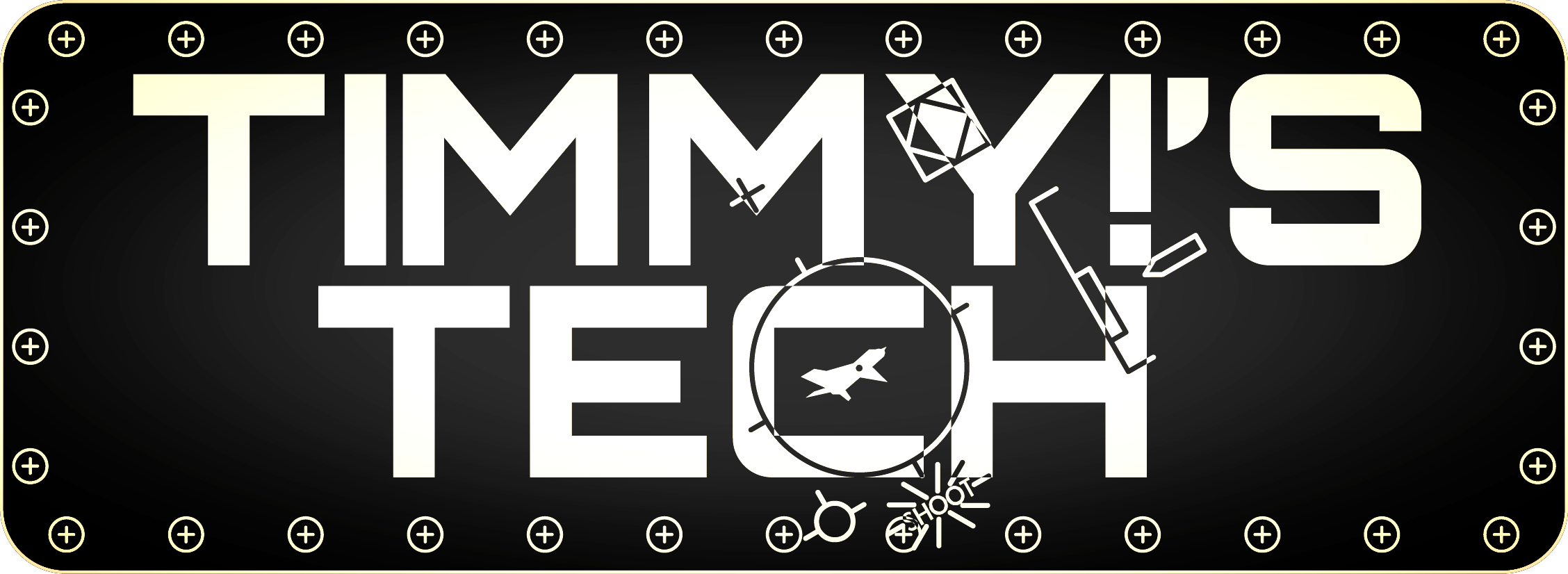lots and lots of bumps
Airframe Surface Details
This part of the build was the process of layering details on the airframe. Phase one was to get the shapes right, building the skeletons for the major shape adjustments was covered in the previous article. The next step was to slap on the filler and start shaping with sanding tools. My method for this work was to use large grit sanding paper (220 to 320) and diamond files to get the gross shapes established. I then shot a coat of primer to check for flaws like cracks or air bubbles in the filler exposed by sanding, etc. Using thick cyanoacrylate I filled the flaws. The whole model was then wet sanded with 600 grit paper, that smoothed out the filled flaws. Because I used low grit papers to get the model in shape quickly, that left some deep scratches. The primer fills those scratches and the entire is surface is smooth ready for a finish coat.
Panels and Scribing
Applying surface details was next. I previously filled all the kit panel lines, by first making them with a permanent ink marker then filling with CA and sanding smooth. The filled panel lines were used as reference to help place the surface details. The finished model had very few lines the were re-scribed. I wanted the model to have subtle detail the disappears with viewing distance and still holds up on closer inspection. So the panel lines have to go, no matter how finely scribed they were way out of scale. In order to get variability and surface that the real aircraft has, I needed to add detail. I thought I have to bring the same level of detail to the surface of the model as I did to the cockpit.
I started with door and hatches that were either scribed or made from vinyl. Careful study of the real aircraft surface determined which method I used for each panel. There were a handful of panels that were to have the raised panel treatment, but vinyl was not practical. These panels were masked off and filling primer applied and sanded smooth to the level of the tape mask. Also a handful of surface details were made with kitchen foil and foil adhesive where more subtle raised details were required; around the intake and air conditioning intakes.
CNC to the rescue
Next a handful of CNC and 3D printed details were added. A new tail faring was required after I corrected the fuselage shape above the engine exhaust pipe. Speed brakes, main gear fairings, hard points on the wings, radar altitude antenna fairing and the stabilator details, SMURFs and wingtip lights were all CNC cut details that were added. The ventral fin and tail hook assembly was 3D printed.
At several points light coats of primer were applied to check for flaws and blend the details into the surface. A major goof happened at this point. I was a Floquil paint evangelist and with Floquil’s demise I was forced to change paints. Tamiya was the choice, after previous experiences with water clean up paints I was very skeptical. When I figured out that Tamiya paints can be thinned with lacquer thinners I chose Tamiya for this project. The paints worked great in the cockpit, the pigments are fine and the lacquer makes the paint hard and smooth. Most importantly the “hotter” thinner seemed to bond well to the plastic but when I used it on the exterior I found out otherwise. When I began to sand back the paint to smooth it out, it started chipping off the surface. UGGGG! the model was clean and had plenty of bite surface to bond to but it didn’t. Out came the thinner and the paint was wiped off. Subsequent priming was done with Tamiya Fine primer from a rattle can, decanted into a bottle so I could airbrush it. Mr. Surfacer was used to fill any small imperfections. I went back to the drawing board to figure out what paint to use next for finishing.
Riveting H-E Double Hockey Sticks
Once layer of larger parts and panel details were complete and blended properly into the surface, I stated the next layer, the rivets. I used Archer Fine Transfer rivets and applied to model. No magic was used, it was simply a mater of look the the photo of the real airframe, count the number of rivets use the same number of Archer rivets and apply them on the appropriate place on the model. Count, count apply for hours on end until all the rivets were accounted for and on the model. I suppose it was rivet accounting versus rivet counting!
That’s it for this installment. Time to paint this beast....
Up Next....
Get the Red Out!
Written and performed by,
Timmy!
July 3, 2018

















